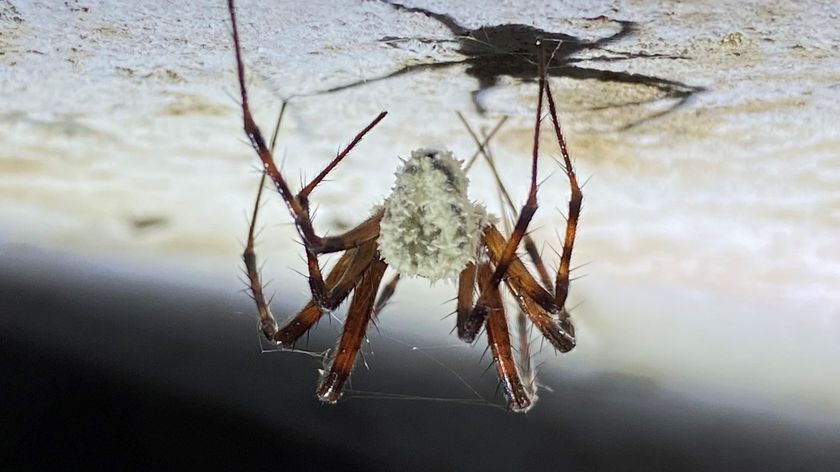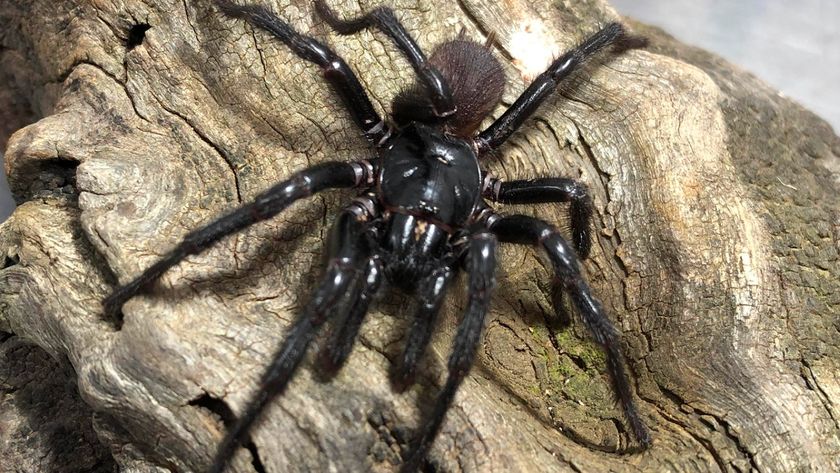Ancient Mite Caught Hitching Ride on Spider
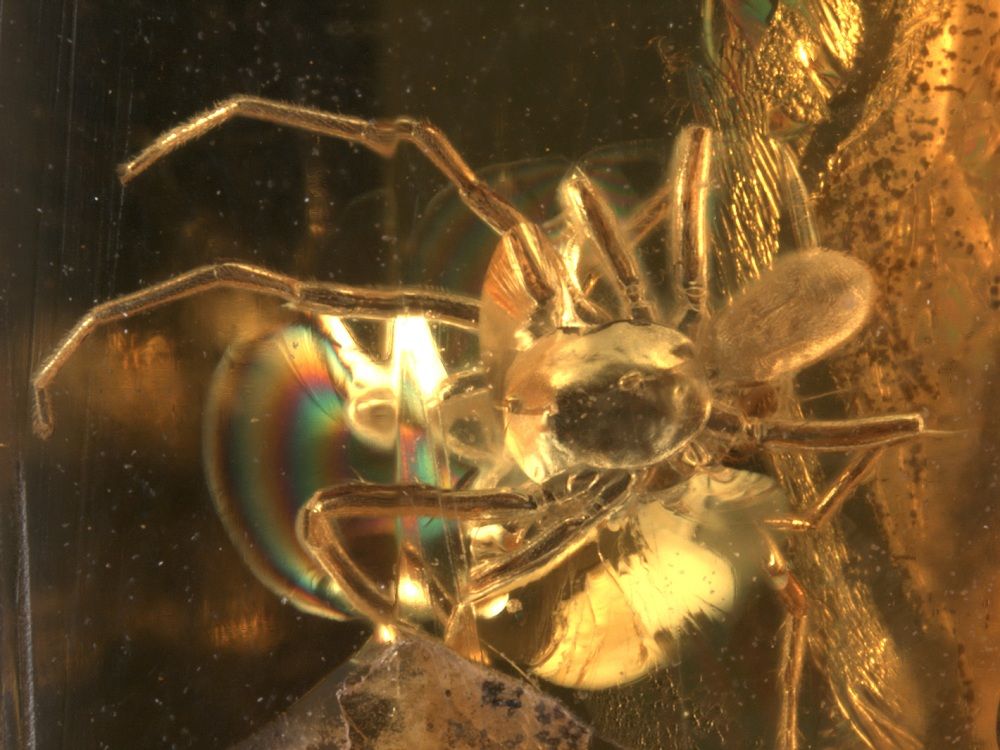
Sticky amber caught a 50-million-year-old hitchhiker in action. This hitchhiker happened to be a tiny mite, catching a ride on the back of a spider.
In fact, it is the oldest mite found in amber and the oldest example of a mite hitching a ride on the back of a spider, researchers say.
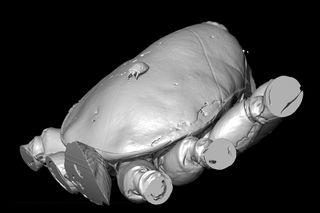
From the outside of the amber, the mite looks like a tiny bubble. It is so small, about 0.008 inches (.2 millimeters) long, normal microscopes and techniques aren't powerful enough to take a close look at the underside of the insect. The researchers used computers to create a 3-D image from a series of X-rays.
The images revealed this mite belonged to the group called astigmata, which includes more than 5,000 mite species in more than 70 families. The spider in the amber was of the family Dysderidae. [See images of insects in amber]
"This allowed us to actually say what type of mite it is. We can get a clear image of the animal involved," said study researcher Jason Dunlop, of Humboldt University in Berlin, Germany. "It looks exactly like a modern one."
Phorsing around
This mite-on-spider action caught in amber is the oldest example of "phorsey," in which one animal hitches a ride on another. Basically, when times are tough, some insects can add a juvenile stage to their life cycle, a stage in which they are equipped with special suckerlike appendages and can attach themselves to passing insects or other animals.
Sign up for the Live Science daily newsletter now
Get the world’s most fascinating discoveries delivered straight to your inbox.
"We caught a mite on the process of being carried

around," Dunlop said. "We can actually see this sucking pad attached to the back of the animal, and they use this to stick themselves onto other animals."
The passenger will hitch a ride until it outgrows this sucker stage and drops onto an area that, with luck, has more food. "If they are living in perfect conditions, they can skip this stage of the lifestyle. They only produce this stage with the sucker when things become poor, when it [the environment] starts drying out," Dunlop said.
Special spider
This type of mite doesn't usually hang around with spiders; they prefer beetles. The researchers say they don’t understand the behavior of modern mites that well, so they could well be hitching rides on today's spiders without us noticing.
"It's unusual to find them attached to a spider," Dunlop said. "But even the modern ones, we don't know all the aspects of their biology."
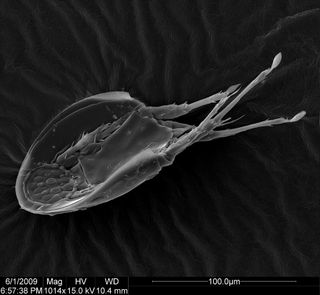
This is one of the oldest mites on record. Researchers don't know much about the evolution of mites, since they are so small and don't fossilize well.
"This is the earliest example we have been able to document — it goes back 49 million years. It [this type of mite] is probably much older," Dunlop said. "We estimate this astigmata group might go back 270 million years and mites as a whole go back 410 million years."
The study was published Tuesday (Nov. 8) in the journal Biology Letters.
You can follow LiveScience staff writer Jennifer Welsh on Twitter @microbelover. Follow LiveScience for the latest in science news and discoveries on Twitter @livescience and on Facebook.'
Jennifer Welsh is a Connecticut-based science writer and editor and a regular contributor to Live Science. She also has several years of bench work in cancer research and anti-viral drug discovery under her belt. She has previously written for Science News, VerywellHealth, The Scientist, Discover Magazine, WIRED Science, and Business Insider.

